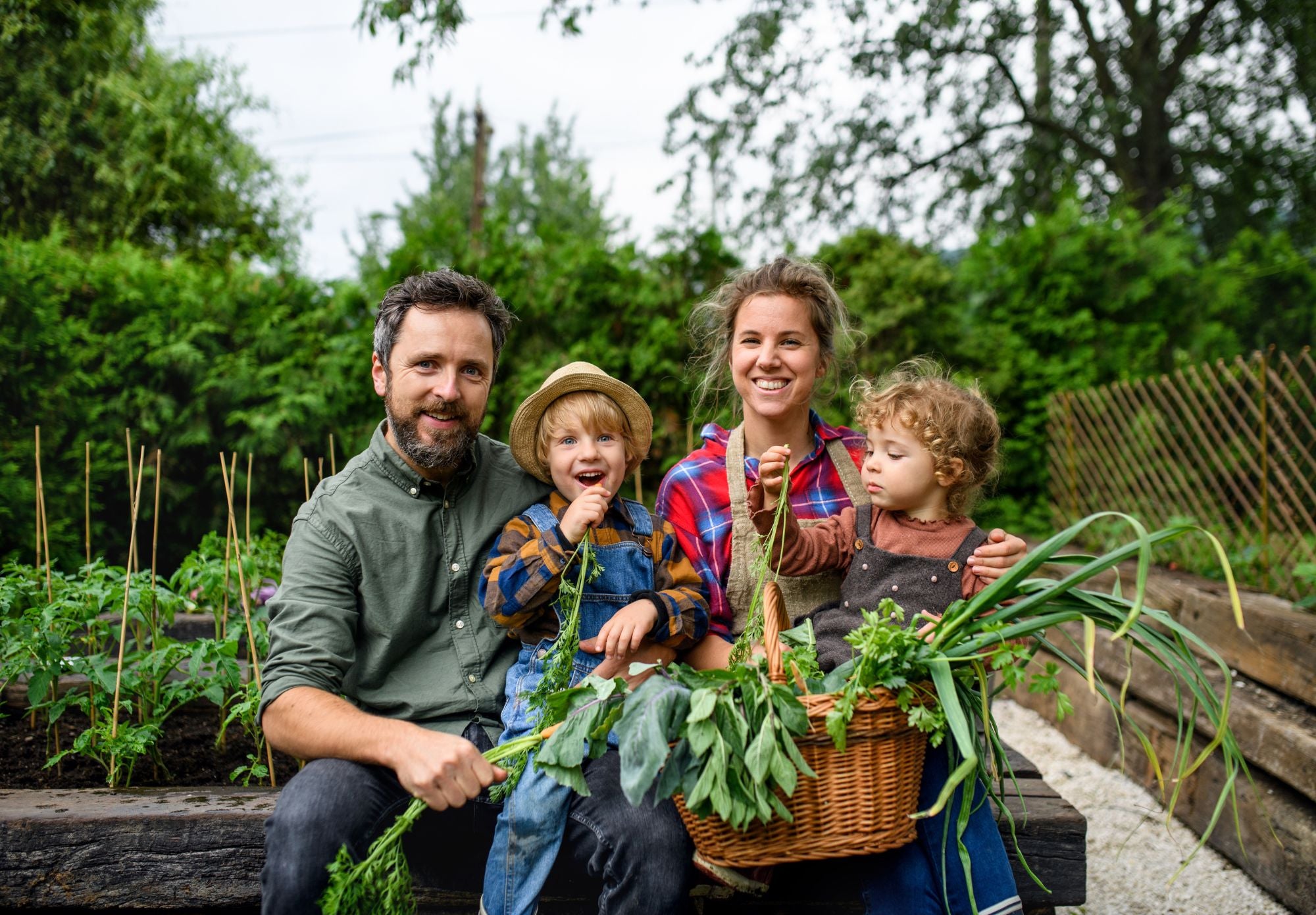Gardening has a remarkable ability to bring families together. The simple act of tending to plants, nurturing them from seeds to fruition, fosters a sense of shared responsibility, patience, and joy. In an age dominated by screens and fast-paced living, family gardening offers a refreshing opportunity to slow down, connect with nature, and cultivate a deeper bond among family members. In this article, we'll explore the wonderful world of growing fruits and vegetables with kids, reaping the rewards of both harvest and togetherness.
The Seeds of Learning: Education Through Green Thumbs
Engaging children in gardening is a brilliant way to provide them with hands-on learning experiences. From sowing seeds to observing plant growth, children absorb lessons about biology, ecology, and the delicate balance of ecosystems. Gardening encourages curiosity as they ask questions like, "Why do plants need sunlight?" or "How do worms help the soil?" These moments offer parents the chance to ignite children's interest in science, nurturing their natural inclination to explore and discover.
Patience and Perseverance: Growing More Than Greens
In an era of instant gratification, gardening teaches children the virtues of patience and perseverance. As they eagerly plant seeds and tend to sprout seedlings, they learn that the best things in life take time to develop. Waiting for the first tiny leaves to unfurl or the first cherry tomato to blush with ripeness instills a sense of anticipation that's often lacking in our fast-paced world.
Gardening also imparts the invaluable lesson of resilience. As children encounter setbacks like pests, weather fluctuations, or even a failed crop, they understand that challenges are a natural part of life. They learn to problem-solve and adapt, skills that will serve them well in various aspects of their future.
Nutrition, From Plot to Plate: Growing Healthy Eaters
Introducing children to gardening not only deepens their understanding of where their food comes from but also paves the way for healthy eating habits. When kids are actively involved in growing fruits and vegetables, they develop a genuine appreciation for fresh produce. The vibrant colors, the earthy aroma, and the satisfaction of harvesting their own bounty make eating vegetables exciting, not a chore.
Children become more open to trying new foods when they've had a hand in nurturing them. A child who previously turned up their nose at spinach might eagerly gobble up a salad they've proudly grown themselves. Gardening becomes a gateway to exploring a variety of flavors and textures, encouraging a diverse and nutritious diet.
Building Bonds That Blossom: Quality Family Time
In today's fast-paced world, quality family time can often take a backseat to busy schedules and digital distractions. Family gardening offers a beautiful solution, bringing parents and children together in a shared endeavor that doesn't involve screens. As you kneel side by side, pulling weeds, watering plants, and chatting about the day's progress, you're nurturing not just your garden but your family bonds.
Gardening fosters communication and collaboration, as family members work together to plan, plant, and care for their garden. It's a space where generations come together, sharing stories, knowledge, and laughter. These shared experiences create lasting memories and a strong sense of connection that can be cherished for years to come.
Creating a Garden of Memories: Tips for Family Gardening Success
Start Small: Especially if you're new to gardening, begin with a manageable plot or a few containers. This ensures that the tasks remain enjoyable and not overwhelming for your little helpers.
Choose Kid-Friendly Plants: Opt for plants that are easy to grow and yield relatively quick results. Cherry tomatoes, snap peas, and strawberries are excellent choices, as they're visually appealing and rewarding.
Make It Fun: Incorporate creative elements into your garden, such as colorful labels, homemade scarecrows, or painted stepping stones. Engaging your children's imagination makes the garden a place they'll be excited to visit.
Give Them Ownership: Let each child choose a plant or section of the garden that they're responsible for. This instills a sense of ownership and pride in their contribution.
Celebrate the Harvest: When the first fruits and vegetables are ready to be harvested, make it a celebration. Plan a meal using the produce and involve the kids in the preparation process.
Embrace Mistakes: Not every gardening venture will be a resounding success, and that's perfectly okay. Use any setbacks as opportunities to learn and grow together.
Document the Journey: Take photos or keep a gardening journal to capture the progress of your garden and the memorable moments you share as a family.
A Harvest of Love and Growth
Family gardening is a journey that goes beyond the plants themselves. It's a journey of nurturing, patience, exploration, and shared joy. As you watch your children marvel at the wonders of nature, witness their resilience in the face of challenges, and bond over the simple act of tending to the earth, you'll see how these experiences shape them into well-rounded individuals.


